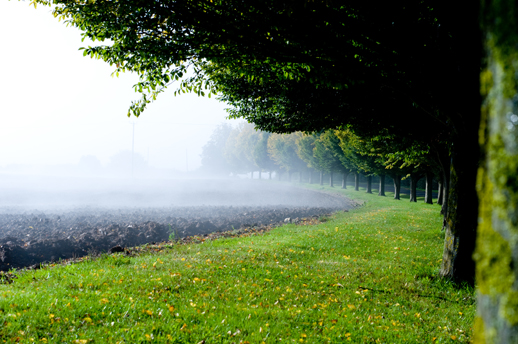 Pic by Martin Wright.
Pic by Martin Wright.
by Emma Warren.
I went to a wedding in a lovely part of Cornwall last weekend, just along the coast from Penzance. The nuptials took place at a house in Prussia Cove, and afterwards, there was a party in a marquee. There was a pleasing contrast between the life and new beginnings captured inside the canvas walls and the risk of death – or at least substantial injury – from the precipital edge of the world which you’d have tumbled down had you taken more than twenty steps in a straight line from the tent exit. This is a part of the world where things end, and things begin, often quite literally.
The day had been hot and clear and during the evening, clouds came in from the sea and it rained fat rain which soaked everything. It meant the wedding party, all beautiful girls in bright orange dresses and men looking unusually smart, stayed inside with the fairy lights and Fela Kuti songs, rather than seeping out into the garden, and it also meant that the ground got drenched. This is a pertinent fact, so I’d be grateful if you’d hold it in your head for just a moment.
I had a lovely evening. I didn’t really want to leave, but I’d booked a ride from fantastically-titled local firm Nippy Cabs and it took me back up the lane to my B&B. The next morning, after a chat with the owner about the Staffordshire potteries (they called the factories ‘pot houses’) I walked back down to meet the rest of the wedding party. It was a wonderful walk, down maybe two miles of lane that slid gracefully towards the sea. I saw fat-headed purple foxgloves and in the sky, a Kelvin-Helmhotz. It’s a rare formation that looks like someone’s drawn a line of surf in the sky, and I’ve only ever seen one before. I always consider it a good omen.
Around a corner, a couple of stout middle-aged Midlanders were standing at an opening to a field. There were great curves of smoke, blowing off the freshly ploughed soil, over the hedge to the next (non-smoking) field. I’m a suburban south Londoner but even I knew it was too early to burn stubble. It looked, to put it mildly, very weird.
The whole brown mass was smoking. The field was big, ranging down an incline and bordered to the left by tall hedgerow. The smoke was so thick, I couldn’t see through to the far end. What was going on?
The man in shorts helped me out. “It was the rain, last night. Now it’s warmed up”
It wasn’t smoke, it was a cloud.
It was cloudbirth. I was seeing great swathes of condensation being generated by the wet soil as it was warmed by the sun. The water was condensing right on the field, and as it rose, it formed mist – or what Gavin Pretor-Pinney called ‘the most earth-bound of clouds’. Warmer than the air around it, it was floating upwards and over the hedge. It was meterology in action. I sniffed the air. It smelled like a sauna.
This was pure joy. I’d seen clouds being born before, popping into existence over a cliff as I lay on a beach near Lisbon. They looked like cartoon ideas, literally, magically conjured up by changes in the warmth (or coolness) of the land (or sea) beneath. I watched them for ages. Pop! Another one. You could watch it grow from tiny grey dot to little fluffy cloud before it floated inland and dissipated again.
Most people don’t think watching clouds is that exciting. Me, on the other hand, I’ve walked into dustbins whilst distracted by a particularly nice lenticularis and it’s all because of the Cloud Appreciation Society. I read the books, got heavily into cloud watching and taught myself as much as I could about the sky. I’ve still got a lot to learn – it’s complicated up there – but I’ve got a basic knowledge and this is why it was so brilliant to see something in action that I’d only read about. I knew freshly ploughed soil released heat quicker than fields of grass or crop, but I’d never seen it happen. All you country people reading this will probably think I’m mental, and probably see it all the time. But I hadn’t, and it was great.
(Disclaimer: I’m not a scientist. Please correct me if I’ve got this wrong)
Thanks to Martin Wright for letting us use the photo. See more of his work here.